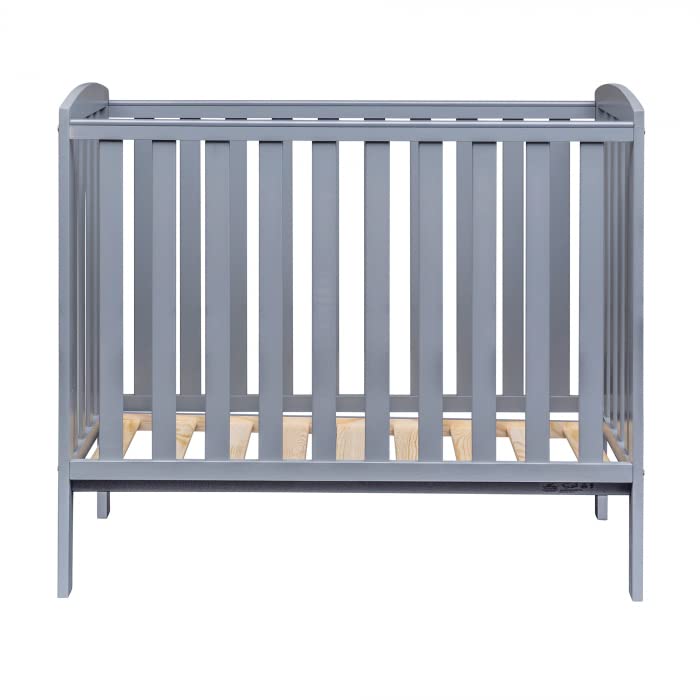How to Choose a Sale Cot
Mortuary Cots are a vital element of funeral hospitals and funeral homes. They enable staff to safely and with respect transport bodies. They offer a respectful, comfortable place to rest the body.
COTS items are crucial in the federal marketplace, but isn't easy to manage. This blog will explain how COTS items fit into GSA schedules, and other government procurement regulations.
Cost-effectiveness

The use of commercial-off-the-shelf (COTS) products allows procurement agencies to gain efficiencies by purchasing items that are readily available from the marketplace. This saves development time and lowers life-cycle costs. It also enables procurement agencies to reap the benefits of technological advances and industry knowledge.
It is important to be aware that COT designations can be subjective, and different organizations may interpret COTS items differently. This can be problematic for a business that is relying on a consistent method to calculate government prices accurately. Wholesalers and GPOs, for instance, usually have an inventory that is not the same as the list used by manufacturers to calculate government pricing. A well-documented SOP and COTS Reference Library are vital elements to apply an efficient and consistent method of assigning COTs.
Reliability
A sale cot is an essential purchase for mortuary services. It should be sturdy and sturdy enough to stand up to the rigors of heavy use. It should also be simple to move and set up. The manufacturer should provide good customer support in case of any problems after sale. Take feedback from your employees before making a decision. They will be the actual users of the cots and will provide you with information about the durability and reliability of the cots.
Wholesalers and GPOs often assign COT designations that do not match the manufacturer that supplies the list of COTs. This is due to a variety of factors including changing business models, mergers and acquisitions. This makes it difficult to use a subjective lens for evaluating COTS.
Durability
Durability is key for sale cots because they have to be able to withstand heavy use and frequent transportation. Funeral homes often use these cots to display body remains, so they need to be able to support the weight of the casket as well as other items placed on top of them. Cots should also be resistant to rust and have a stable structure that is easy to assemble and disassemble. It is also important to choose a company that offers customer support and is able to assist with any problems that may occur after purchasing.
Solid wood cots make the ideal furniture for babies, because they're durable and less likely to contain toxic chemicals or off-gassing than composite materials such as MDF or Chipboard. They're also more attractive than other alternatives that are less expensive.
If you're looking for a cot which doubles as a lounge chair, the Westport design from Silver Cross might be the ideal option for you. It's constructed of sturdy material and has three different height levels for growing babies. The instructions may be confusing but the cot is worth it when you understand them.
The Helinox Cot One may be the lightest cot available, however, it's not as durable as the other models that we tested. It's also more difficult to put together, since it comes with a lot of parts. It's a comfortable cot and is a great choice for backpackers. It's also 14 oz lighter than the Thermarest Luxury Lite and Sleep Rite.
Safety
If you're supplying cribs, make sure they are in compliance with the safety standard. This is a crucial step to prevent injuries to children and even death. The best method to accomplish this is to confirm with your supplier that their products have been independently tested. Ask them to provide you with the results. You can also schedule your own tests.
It's crucial to verify the safety of your cot before letting your baby sleep in it, whether it's new or used. You should look for a certification of conformity from the manufacturer, as well as explicit labels and warnings. It should be free of sharp edges, protrusions, or gaps that can trap a child’s leg or finger. In addition, there should be no footholds in the cot a child could use to climb out.
Check that the mattress of a cot is clean and flat. It should be able to fit comfortably without gaps, and the bottom edge of the lowest rail should not be more than 30 millimetres away from the base of the mattress. If click through the next document has an adjustable base, ensure that it is in its lowest position.
Make sure that the slats and filler bars are fixed, and that they do not have any tiny holes that could catch clothing. There should also be no bolts, nuts, or corner posts that extend more than 5 millimeters. These could catch a child's fingers and cause strangulation. Also, ensure that the cot is away from draperies and blinds that could be snatched by small hands.
Also, look for a label that indicates that the cot has been tested according to the standards required by law and is in compliance with Australian Standards AS/NZS 2172:2003 Cots for use in households and safety requirements. This is the only assurance that the cot is safe and suitable for sleep. It's illegal for sellers, antique stores and second-hand shops to supply antique cots that do not have certificates or labels.
While the majority of designers and manufacturers are diligent in ensuring that their products are safe, accidents can occur. Older cots that were used by children may not meet safety standards and can cause being suffocated or ingestion of foreign bodies.
